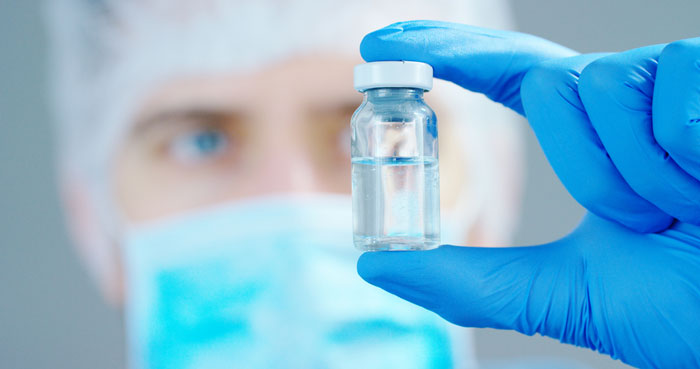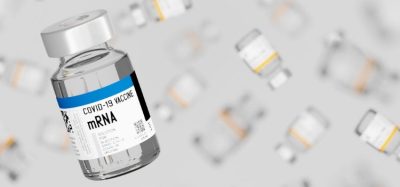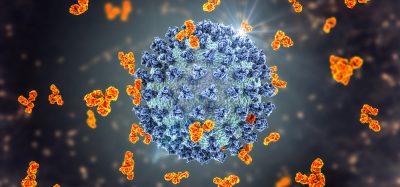Virus-like particle vaccine protects against RSV vaccine-enhanced respiratory disease
Posted: 24 November 2017 | Dr Zara Kassam (European Pharmaceutical Review) | No comments yet
Researchers have discovered that a virus-like particle vaccine can prime the body’s immune response and prevent the severe respiratory diseases…


Researchers have discovered that a virus-like particle vaccine can prime the body’s immune response and prevent the severe respiratory disease that results when patients given an early form of a vaccine for respiratory syncytial virus (RSV) are exposed to RSV, according to a study led by Georgia State University.
This study offers a solution to the formalin-inactivated respiratory syncytial virus (FI-RSV) vaccine that did not protect children, but rather caused severe respiratory illness, vaccine-enhanced respiratory disease (ERD), after infection with RSV.
This study provides insight into mechanisms responsible for ERD caused by FI-RSV vaccination
The researchers found immunising mice with virus-like particles containing RSV fusion proteins before administering the FI-RSV vaccine and exposing mice to RSV prevented FI-RSV vaccine-enhanced lung inflammation and the invasion of eosinophils, which are disease-fighting white blood cells.
ERD that results from FI-RSV vaccination has led to hospitalisation in 80 percent of patients and the deaths of two children. It is characterised by mucus production in the airways, severe lung inflammation, immune responses by T helper type 2 (Th2) cells and infiltrations of eosinophils into the lining of the respiratory tract.
“This study provides insight into mechanisms responsible for ERD caused by FI-RSV vaccination and developing safe RSV vaccines,” said Dr Sang-Moo Kang, lead author and professor in the Institute for Biomedical Sciences at Georgia State. “We demonstrated that priming mice with virus-like particles that present RSV fusion proteins shifted immune response and resulted in preventing ERD. A vaccine that primes protective innate and adaptive immune responses that prevent ERD still remains to be developed, but our findings could pave the way to creating a safe vaccine with these capabilities.”
The researchers used to control mice and two groups of mice that were immunized in different ways. The immunised mice received one of two primers before receiving the FI-RSV boost vaccine. One group of mice was primed with the FI-RSV vaccine and then given the FI-RSV boost. Another group was first primed with vaccine-like particles containing RSV fusion proteins and then given the FI-RSV boost. Blood samples were collected at three weeks after these immunizations.
After 15 weeks, the control mice and mice from the two immunisation groups were infected with RSV to determine the efficacy of protection against RSV and assess ERD. Body weight changes were monitored, bronchoalveolar lavage fluids were collected for viral titers and lung tissue was obtained for histology and cellular analysis.
The study’s findings are published in the journal Virology.









